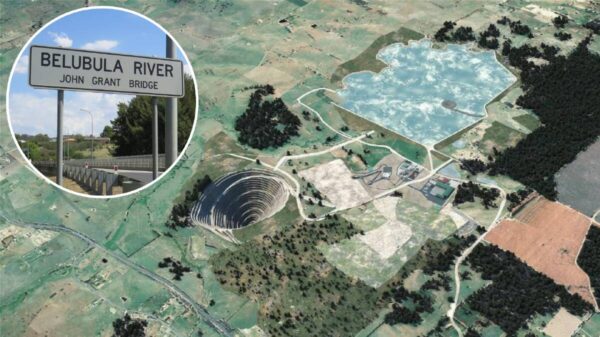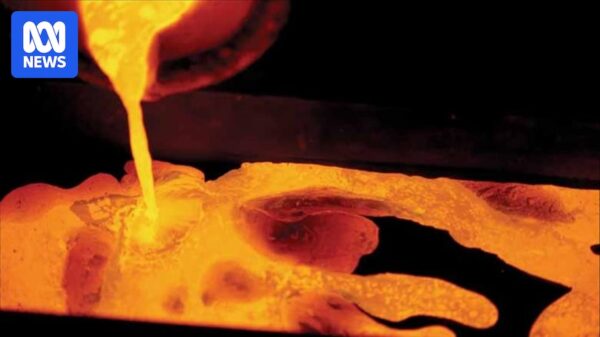Recent research has revealed that the exoplanet K2-18b, located approximately 124 light years from Earth, is characterized by a water-rich interior. However, the findings suggest that the planet may not be capable of supporting alien life as previously speculated. This conclusion stems from a study conducted by scientists at the University of California, Santa Cruz and published in September 2023.
K2-18b, a sub-Neptune-sized planet, orbits a red dwarf star. Its atmosphere has intrigued scientists since its discovery in 2015, prompting ongoing investigations into its potential for hosting life. The planet’s unique characteristics, including its size and distance from its star, made it a prime candidate for study, particularly regarding the presence of water and other life-supporting conditions.
The research utilized data from the Hubble Space Telescope and focused on the planet’s atmospheric composition. It was found that while K2-18b has significant amounts of water vapor, the conditions on its surface and within its atmosphere likely do not favor the development of life as we know it. The presence of hydrogen-rich environments poses challenges to the existence of stable liquid water, which is vital for life.
In light of these findings, scientists are recalibrating their expectations regarding K2-18b. The implications of this research extend beyond K2-18b, as it influences our understanding of similar exoplanets and their potential to harbor life. The study emphasizes the importance of analyzing atmospheric conditions, which can vary significantly across different celestial bodies.
The research adds to the growing body of knowledge about exoplanets, particularly those within the habitable zones of their stars. K2-18b’s unique environment highlights the complexity of finding life beyond Earth, reminding researchers that the search for extraterrestrial life requires careful consideration of a planet’s specific conditions.
As scientists continue to explore the cosmos, K2-18b serves as a critical example of the challenges and opportunities that lie in the study of distant worlds. The findings have garnered attention from various scientific communities, including NASA, which remains committed to advancing our understanding of exoplanetary systems.
While the dream of finding life on other planets remains tantalizing, this latest research underscores the need for a nuanced approach. The nature of K2-18b’s atmosphere and its water-rich interior adds another layer to the ongoing quest to explore the universe and uncover the mysteries it holds.




























































